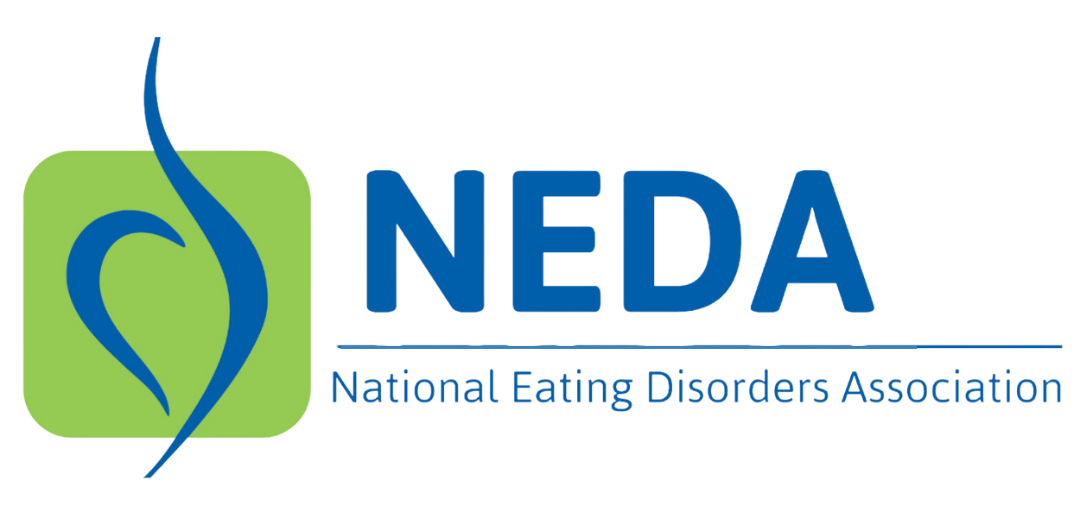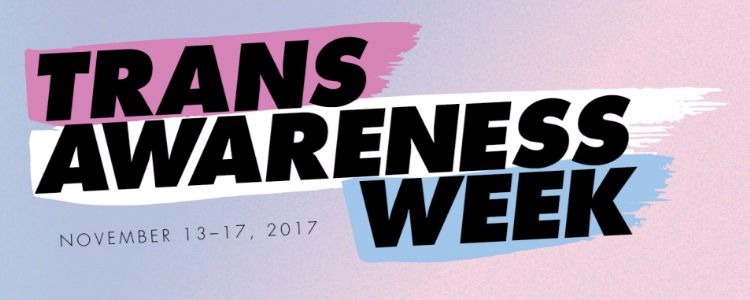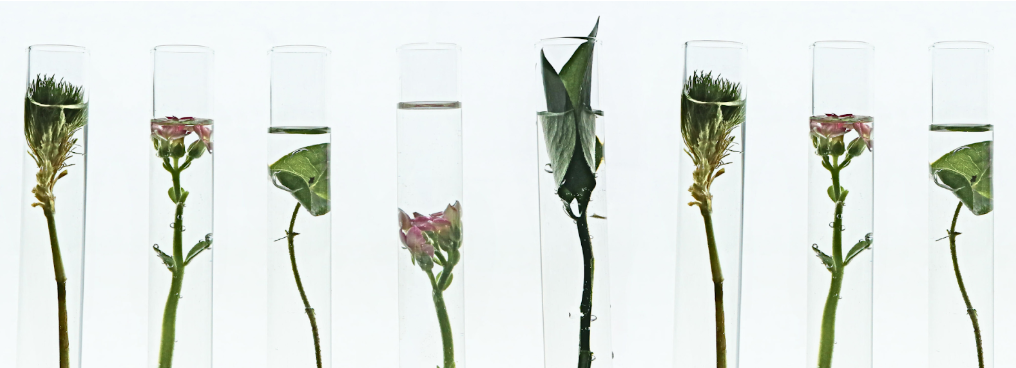It’s Transgender Awareness Week, a time meant to raise visibility and acceptance for transgender and gender non-conforming people. As one of the most marginalized groups in America today, transgender people are often denied access to basic human needs like employment, housing, public restroom access, and medical care.
Allies must not remain silent as these injustices occur. As a person working, volunteering, or participating in eating disorder recovery communities, you can help ensure that transgender folx are welcome and affirmed in these spaces. Here are seven ways to get started:
1. Respect names, labels, and pronouns.
Language has power. Using the correct names, labels, and pronouns can make a space feel safer and more welcoming to transgender folx.
Consider making it standard practice for everyone to introduce themselves in a group or event with: My name is _____ and my pronouns are _____. If possible, hand out pronoun badges or labels that all group members can pin to their shirts or bags.
Always do your best to respect someone’s name and pronouns. If you get it wrong, acknowledge your mistake, apologize, and move on. Don’t make a scene or expect the transgender person you misgendered or misnamed to comfort you for your mistake.
Be aware that there are some offensive terms you should never use when referring to a transgender person. Appropriate terms include “trans,” “transgender,” “assigned female at birth,” or “assigned male at birth.” Check out this helpful glossary of terms for a comprehensive list.
2. Representation matters, but avoid tokenization.
Many people still associate the eating disorders field with white, cisgender, heterosexual women. But today, there are countless transgender people sharing their stories via Twitter, Tumblr, and blog posts, and attending or leading community events about body image and eating disorders. Many times, all it takes is a direct message or email to reach out.
Think about why you’re asking a transgender person to be on your panel or event. If your sole reason is that you needed someone who isn’t cisgender, then you’re tokenizing that transgender guest.
Finally, when you’re creating marketing materials or content, are you using gender neutral pronouns? Do your photos and images include trans people? Small changes to language or imagery can go a long way in making things more inclusive.
3. Aim for accessibility.
If your space doesn’t have a gender neutral restroom, that space might not feel accessible for transgender people. If you’re hosting an event, ask the venue if there is a private, all-gender restroom available for guests.
Some transgender people also have disabilities. When hosting a recovery event or group, ask yourself questions like:
- Is this space wheelchair accessible?
- Is there a quiet space for people experiencing sensory overload?
- Do our videos have captions or is there a sign language interpreter?
4. Ask, don’t assume.
The reasons behind body image issues and eating disorders are varied and complex for all communities, including the transgender community. Don’t assume that every transgender person hates their body, or that you know what each person needs.
With that said, it is almost always unacceptable to ask invasive questions about surgeries, genitals, or sex, unless the transgender person you’re speaking with brings it up first and wants to discuss it. Transgender people don’t exist to educate you. If you are curious about something, there are plenty of online resources that are a Google search away.
5. Support transgender-run groups and organizations.
This Transgender Awareness Week, consider spreading the word about these vital resources for transgender people.
Fighting Eating Disorders in Underrepresented Populations (FEDUP) is an important resource for transgender people living with eating disorders. Most importantly, it’s led by trans/gender diverse folx.
Trans Lifeline is a crisis hotline for transgender people that’s staffed by transgender people.
6. Stand up to stigma.
Transgender people face higher rates of abuse, discrimination, and suicide than the general population. According to recent statistics, 40 percent of transgender people have attempted suicide and have an unemployment rate three times higher than the national average.
And when transgender people make it to the doctor’s office, they are often ignored or stigmatized by the very professionals meant to serve them. If you are a treatment professional, how will you create a safe space for your transgender patients?
7. Recognize that you, as an ally, won’t always get it right…
…and that’s okay. When those moments happen, accept them, apologize, and move on. Being an ally is a hard job—it means taking a critical look at your own harmful beliefs and attitudes and committing to right those wrongs. You won’t get a pat on the back for being an ally and you should expect to sometimes be called out and challenged, but that is part of the process. After all, what is life without growth?
Diana Denza is NEDA’s senior communications associate. She enjoys feminism, all things queer, combat boots, and tattoos.






